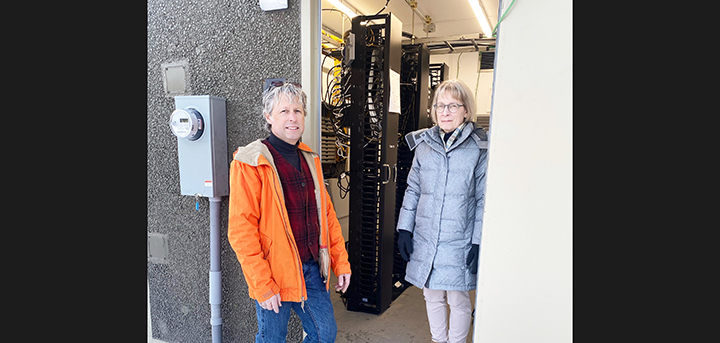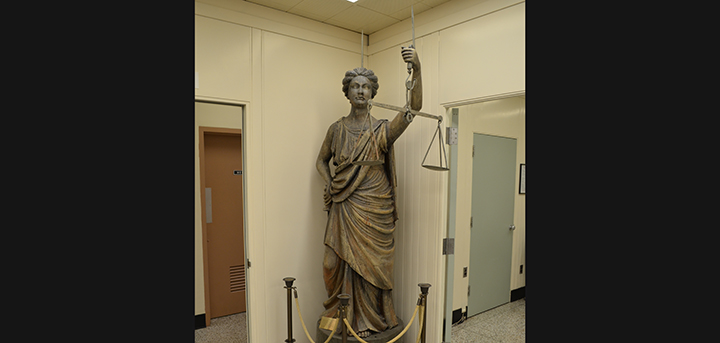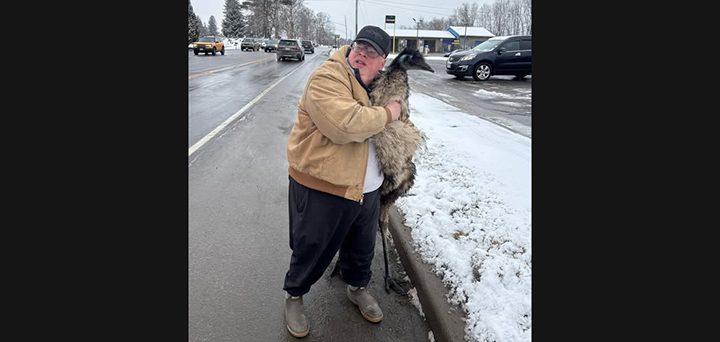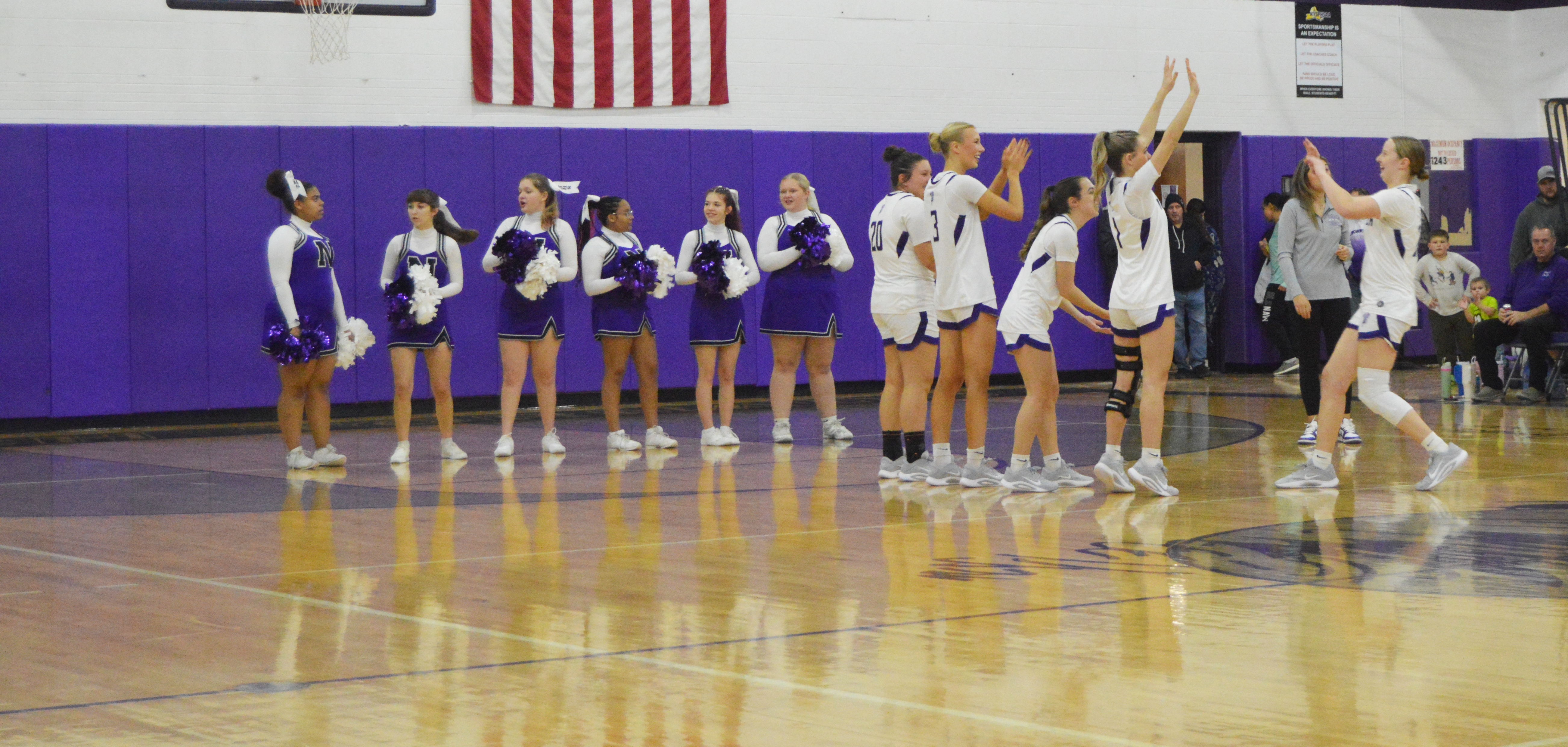Like it or not, deer need to be managed
With the regular deer season just a week of so away (opening day is Nov. 18), there will be those who welcome it and also those who distain it. I hesitate to label the latter as "anti-hunters" or "animal protectionists" because I believe the majority are not. They simply don't feel comfortable with the idea and concept of killing animals ... or at least wild animals. But what is the alternative to deer hunting and hunting in general? What would happen if all hunting, and specifically deer hunting, ceased for good? And, with the declining numbers of hunters and the growing anti-hunting war chests, this is not entirely improbable.
Perhaps I'm oversimplifying, but the term "hunting" or "harvesting" should not necessarily be confined to the image of a person with gun or bow in search of game. It could also easily be applied to the person in a super market who's perusing the meat department's selection of processed foods. The only true difference is the latter "hunter" has allocated the "harvesting" to someone else. Whether a food, especially meat, is of wild or domestic origin, let's not kid ourselves as to its source.














Comments